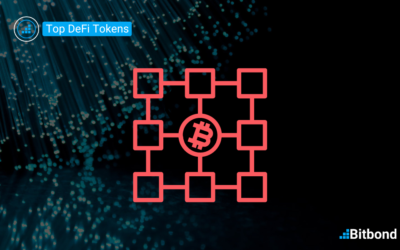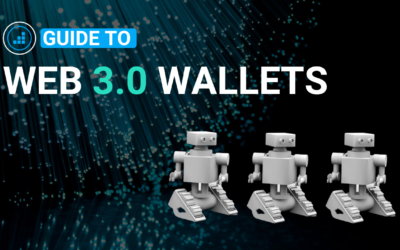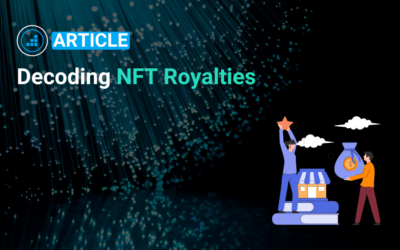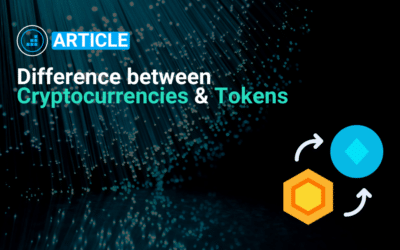Learn how to easily buy crypto on MetaMask for seamless checkouts when purchasing on Web3 dApps
Guide to the Top 13 DeFi Tokens
Learn about the most popular DeFi projects.
Web3 Wallets – Your Go-To Guide
Web3 wallets are the gateway to the Web3 space. Learn about the most popular wallet providers.
Decoding NFT Royalties: The Blueprint for Fair Digital Earnings
Learn about NFT Royalties in this comprehensive guide.
Best NFT YouTube Channels to Learn About NFTs
Many YouTube NFT channels offer great educational content about the space. Find out about the best channels in this article.
What is NFT Influencer Marketing, and how can you become one?
NFT influencer marketing is becoming a new means for earning passive income. Learn how to diversify social media revenue streams in this guide.
Navigating Crypto Token Development: A Strategic Approach
Learn about crypto token development best practices in this comprehensive guide.
Web3 Affiliate Program: Maximize Your Income Potential
A Web3 affiliate program is a marketing program that allow individuals or organizations to earn a commission by promoting products or services related to Web3 technologies, such as decentralized applications (dApps) or cryptocurrency exchanges.
Coins vs Tokens – How-To Not Mistake The Difference
There is a difference between native cryptocurrencies that operate on the blockchain, and tokens that are created on blockchain. Learn more in this article.
Crypto Wallets – Difference Between Custodial vs Non-Custodial
Crypto wallets can be complex to understand. Learn about the difference between non-custodial wallets and custodial wallets.
Layer 2 Technologies – Do They Solve Ethereum’s Scalability Issues?
In this article, we explain layer 2 technologies and how can they solve Ethereum’s scalability
Crypto Staking – A Comprehensive Guide
Crypto staking is popular to earn additional income with cryptocurrencies. Learn what is crypto staking in this ultimate guide.












